Rising Security Concerns
The increasing prevalence of security threats has propelled the demand for advanced security solutions, particularly in the Video Access Control Service Market. Organizations are increasingly investing in video access control systems to mitigate risks associated with unauthorized access and potential breaches. According to recent data, the market is projected to grow at a compound annual growth rate of approximately 12% over the next five years. This growth is driven by the need for enhanced surveillance and monitoring capabilities, which are essential for protecting sensitive information and assets. As businesses recognize the importance of safeguarding their premises, the Video Access Control Service Market is likely to witness a surge in adoption, particularly in sectors such as finance, healthcare, and education.
Technological Advancements
Technological innovations are significantly shaping the Video Access Control Service Market. The integration of cutting-edge technologies such as artificial intelligence, machine learning, and advanced analytics is enhancing the functionality and efficiency of video access control systems. These advancements enable real-time monitoring, facial recognition, and automated alerts, which are becoming increasingly vital for organizations aiming to bolster their security infrastructure. The market is expected to experience a notable increase in demand for these sophisticated solutions, as businesses seek to leverage technology to improve their security measures. Furthermore, the introduction of cloud-based services is facilitating easier access and management of video data, thereby driving growth in the Video Access Control Service Market.
Regulatory Compliance Requirements
The necessity for compliance with various regulatory frameworks is a key driver in the Video Access Control Service Market. Organizations are mandated to adhere to stringent regulations concerning data protection and privacy, which necessitates the implementation of robust security measures. Compliance with standards such as GDPR and HIPAA compels businesses to invest in video access control systems that ensure secure handling of sensitive information. This trend is particularly evident in sectors like healthcare and finance, where the consequences of non-compliance can be severe. As regulatory scrutiny intensifies, the demand for video access control solutions that facilitate compliance is expected to rise, thereby propelling growth in the Video Access Control Service Market.
Expansion of Surveillance Infrastructure
The expansion of surveillance infrastructure across various sectors is a significant driver of the Video Access Control Service Market. As urbanization continues to rise, cities are investing heavily in surveillance systems to enhance public safety and security. This trend is reflected in the increasing deployment of video access control systems in public spaces, transportation hubs, and commercial establishments. The market is projected to grow as municipalities and organizations recognize the importance of comprehensive surveillance solutions in preventing crime and ensuring safety. Furthermore, the integration of video access control with existing surveillance systems is likely to create new opportunities for growth within the Video Access Control Service Market.
Increased Adoption of Smart Technologies
The growing trend towards smart technologies is influencing the Video Access Control Service Market. As more organizations adopt Internet of Things (IoT) devices and smart building solutions, the integration of video access control systems with these technologies is becoming increasingly common. This convergence allows for enhanced security features, such as remote monitoring and control, which are appealing to businesses looking to streamline their operations. The market is likely to see a rise in demand for video access control solutions that can seamlessly integrate with existing smart technologies, thereby enhancing overall security and operational efficiency. This trend is expected to drive innovation and competition within the Video Access Control Service Market.


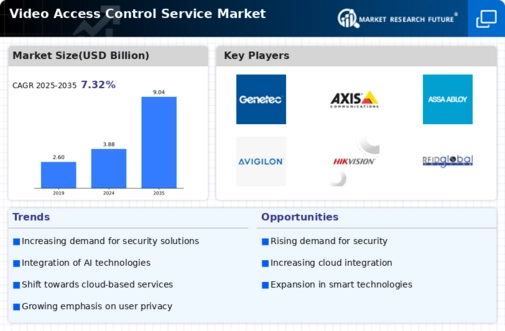
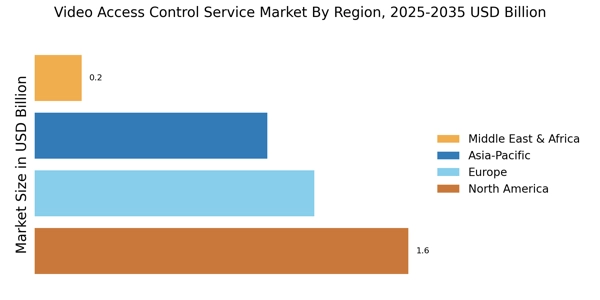
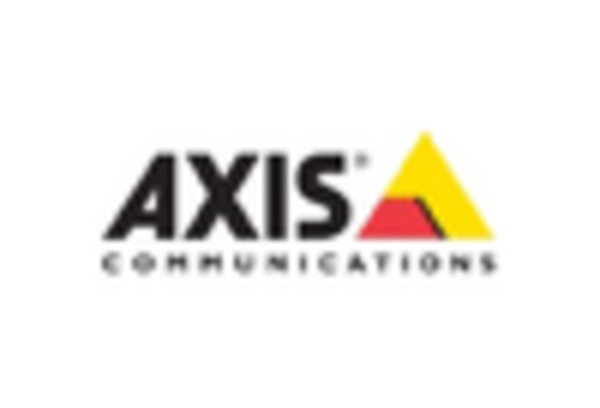
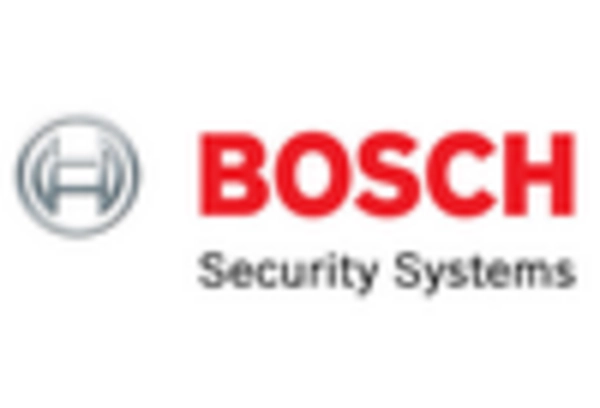
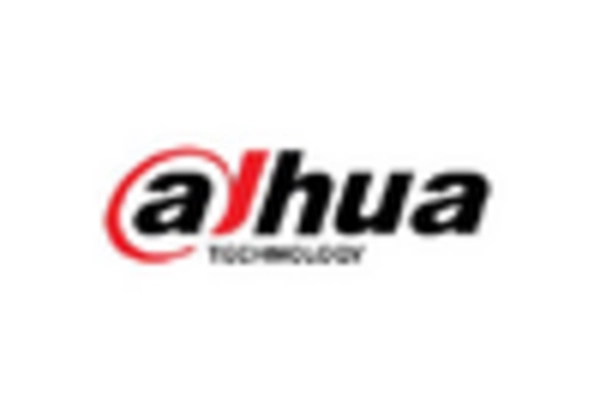

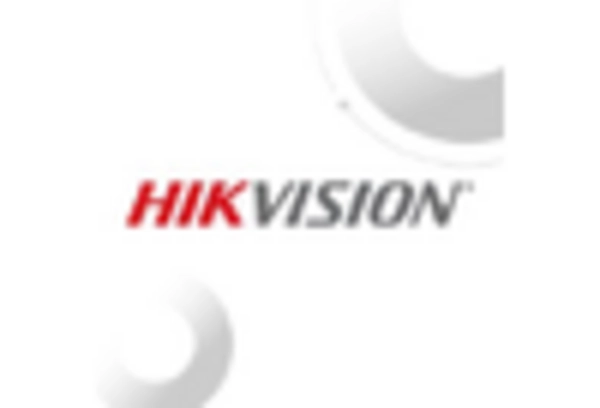









Leave a Comment